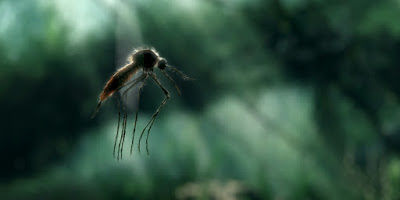R&D for the Raining Fire movie project rendered with cryengine :
Render with alpha channel for further compositing
Camera sync in-out with 3ds max or maya
Export passes (render elements) and z-depth
Area shadows (like raytraced shadows not soft shadows)
Blurry reflections
Dual stereo camera option
Depth of field with multiple solutions including an accurate one that works even with glass
Raytrace quality motion blur (higher than any real-time engine at the time of this writing)
Adjustable vignette
Human characters solution
SSAO - higher quality (comparison and tests soon)
Voxel modeling and painting
Human characters solution
SSAO - higher quality (comparison and tests soon)
Voxel modeling and painting
Dynamic effects for plants and other objects
Anti-aliasing
Since all my cryengine research, tools and shaders are scattered around I decided to gather some of them here in this blog.
Threads about my movie on crymod and cgsociety.
Anti-aliasing
Since all my cryengine research, tools and shaders are scattered around I decided to gather some of them here in this blog.
Threads about my movie on crymod and cgsociety.





































